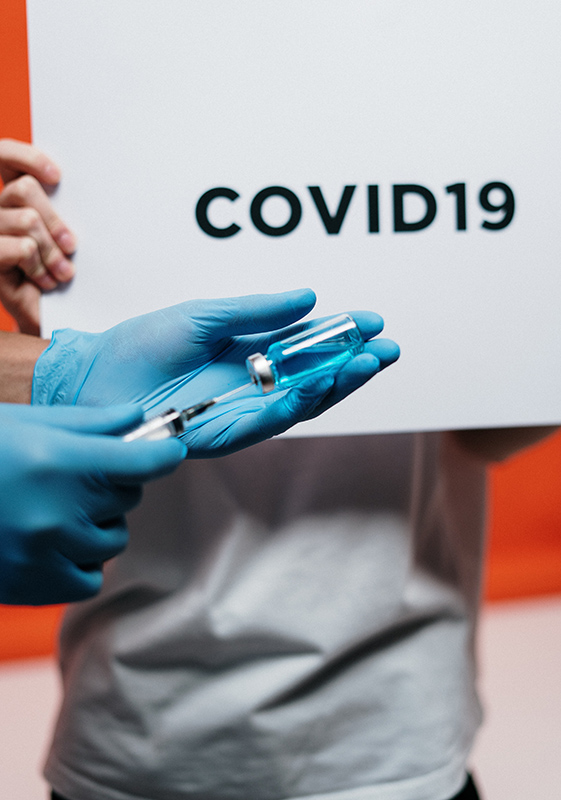Vaccine from COVID 19

As of now, more than 4.2 million people have been infected with COVID and almost 300 thousand people died from complications caused by the disease. Despite the fact that COVID-19 has been known for about half a year and is actively spreading around the world, no vaccine which has been clinically proven and recognised by ministries of health as effective has been developed. There are more than 100 various laboratories working on developing a COVID-19 vaccine as of now.
Vaccine development is a very long process, usually spanning about two decades. Sometimes the epidemic for which the vaccine was being created ends before the vaccine is fully developed. That's what happened after the Zeke virus epidemic, for which scientists never found a vaccine.
Before starting to develop a vaccine, scientists need to get as much data as possible about its pathogens in order to determine the atomic structure of the virus. This is due to the fact that the vaccines contain the same pathogen that cause disease, only in a weakened or dead form. Those trigger the body's immune response and make sure the patient doesn’t fall ill when contracting the real disease, but the dose is too small to actually fall ill after the vaccination.
Once a vaccine has been successfully developed, scientists begin to conduct pre-clinical trials. Small numbers of volunteers are involved, and the main task during this stage is to identify possible problems with the safety of the vaccine and to determine the right dosis for participants during the next stages of the trial.
During the next phase of a clinical trial, more volunteers are involved, and the researchers monitor whether the vaccine provides a lasting immune response and its possible side effects. In the next two phases researchers try to detect rare side effects in a large group of volunteers.
If all the phases are run successfully, the vaccine developers apply for a certification of the vaccine. This entire process usually takes several years. But not in the case of COVID-19, which has now become a pandemic and for which a vaccine is needed as soon as possible. As of May 2020, five of those vaccine candidates are already in the second phase of clinical trials.
Two of the companies having a viable vaccine candidate (one located in the USA, the other one in Germany) use the DNA/RNA vaccination technology. Those vaccines mimic the DNA of the virus and create its template, which in turn forces the body of a healthy person to produce virus proteins and then their antibodies. This process isn't dangerous, it simply prepares the body for a future encounter with the virus.

Those vaccine contains a manual for the production of the protein used by coronaviruses to infect human tissues. This technology teaches the immune system to recognise the virus and to efficiently attack once the patient contacts it.
Another possibly successful candidate is a vector vaccine, which consists mainly of a completely different virus, which has pieces of the coronavirus embedded in their genome. Once they are in the human bodym, the modified viruses train the immune system to fight the virus.
So far, scientists have never developed vaccines so fast, therefore no one knows exactly when COVID-19 vaccines will be mass produced. However, most experts believe that the vaccine will be available by mid 2021, some one and a half years after the beginning of the outbreak.
This rushed development has some serious downsides, in particular, scientists do not have enough time to test the long-term effects and side effects of the vaccine. If theproblems are detected after the beginning of its widespread use, it could slow down the approval of other vaccines and thus prolong the COVID-19 pandemic.